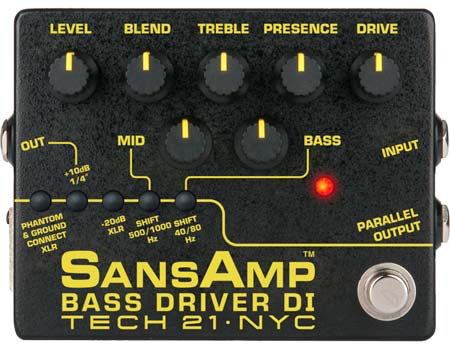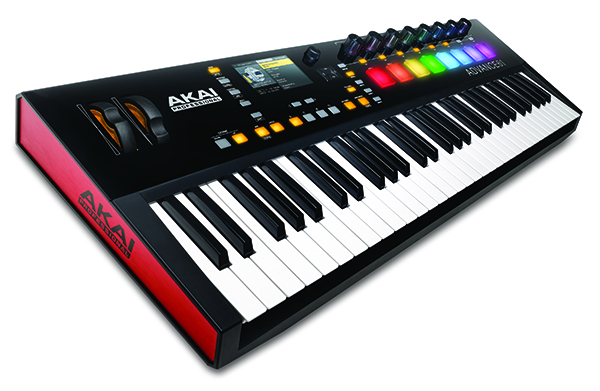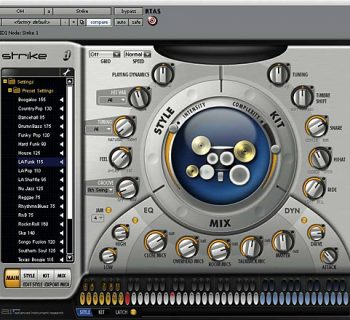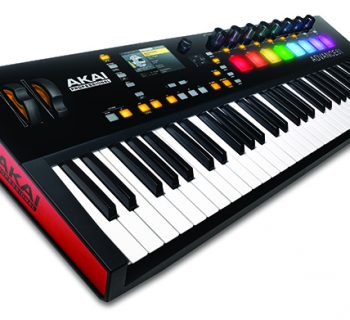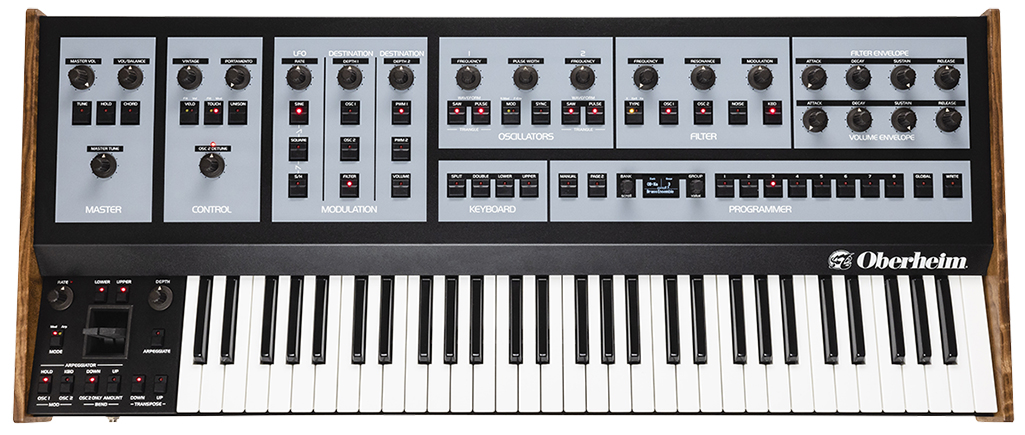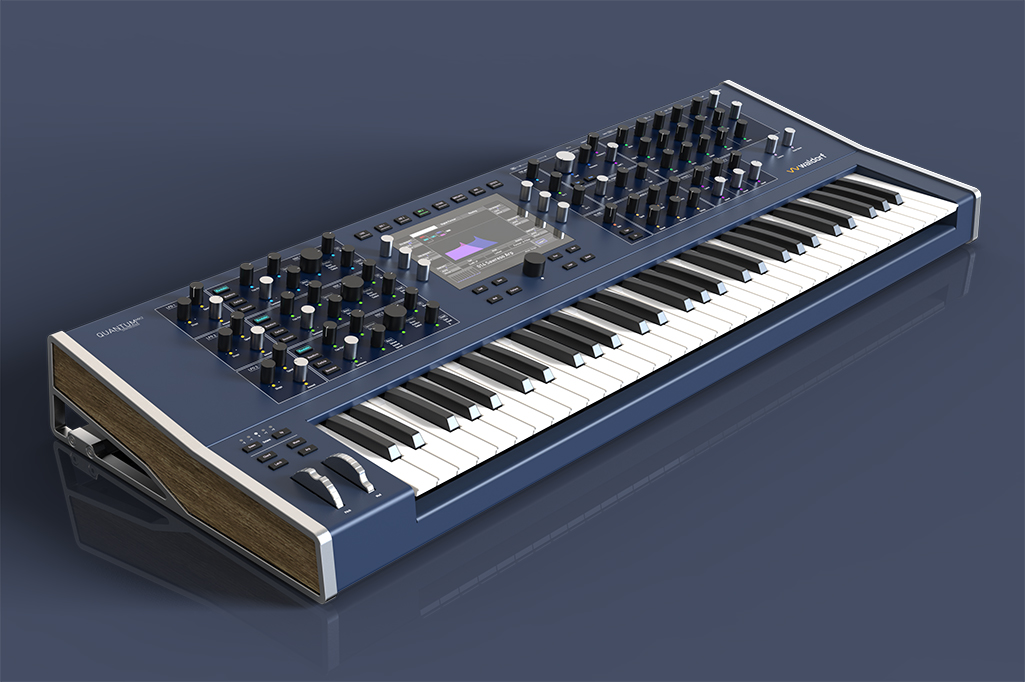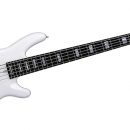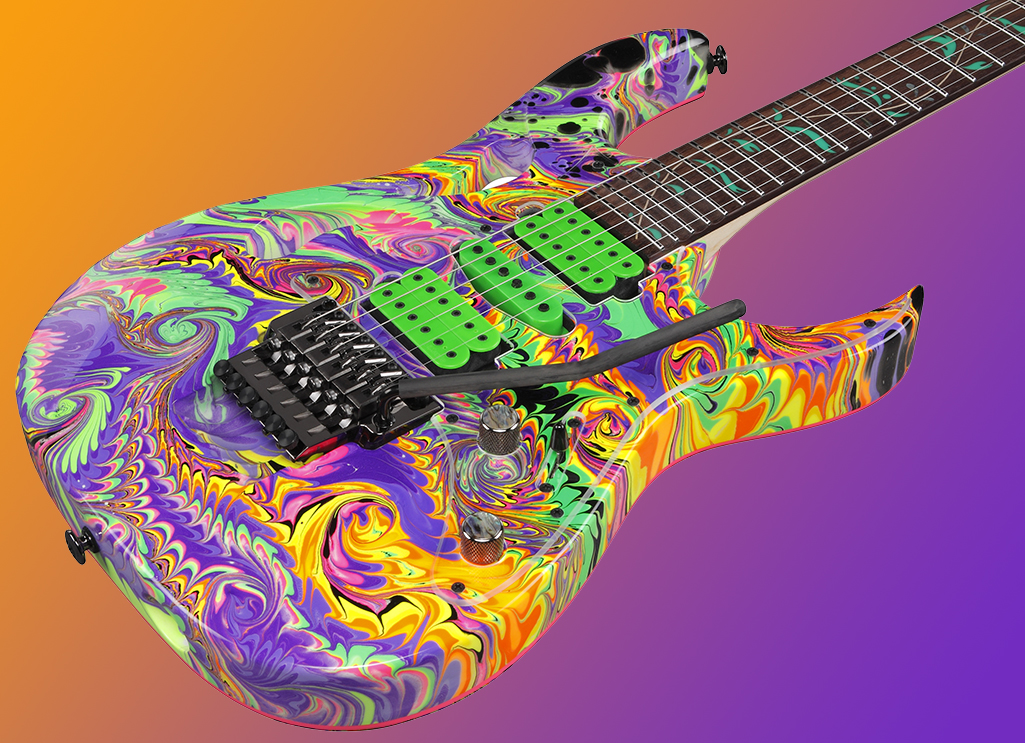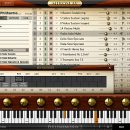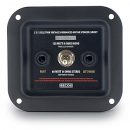 Over the last couple of years, we have seen a lot of bass amp companies release versions of their popular preamps reduced in size to fit the stomp box pedal format. Some have a tuner, others have an overdrive circuit, and some include circuitry based entirely on their signature bass amps. Tech 21 has been building great DI’s for years and their SansAmp DI is a legendary classic, a favorite of bass players the world over, and a “must-have” in recording studios since it was introduced in 1994. As five- and six-string basses have gained in popularity, however, the limited EQ range of the classic SansAmp has become less useful to players of those instruments.
Over the last couple of years, we have seen a lot of bass amp companies release versions of their popular preamps reduced in size to fit the stomp box pedal format. Some have a tuner, others have an overdrive circuit, and some include circuitry based entirely on their signature bass amps. Tech 21 has been building great DI’s for years and their SansAmp DI is a legendary classic, a favorite of bass players the world over, and a “must-have” in recording studios since it was introduced in 1994. As five- and six-string basses have gained in popularity, however, the limited EQ range of the classic SansAmp has become less useful to players of those instruments.
The SansAmp Bass Driver v2 brings a perfect makeover to something you’d be afraid to risk messing with engineering-wise. The tone and basic functions remain the same as the original, and now the addition of a Mid EQ and Bass shift EQ improve this tried-and-true standard. Five- and six-string basses will immediately benefit from the expanded frequency range this pedal will now accommodate.
The bass drive on the pedal remains one of our favorite overdriven bass sounds, and it is present on too many classic records to count. The pedal’s flexibility overall as a DI box or amp substitute will serve any bass player well in live and/or recording situations. Given the very reasonable price, we expect this to become the new bass gig bag accessory.
Features
The SansAmp Bass Driver is built into a tough metal housing that is durable and should keep the pedal functioning for years. At a glance, you wouldn’t even know that you’re not looking at another original SansAmp pedal. But now, it includes seven knobs: Level, Blend, Treble, Mid, Bass, Presence, and Drive; and switches that affect the tone: a Mid Shift switch that changes the frequency from 500Hz to 1000Hz, a Bass Shift switch that changes the frequency from 40Hz to 80Hz; an XLR Output Level switch, and a +10dB Boost switch.
The Level knob controls the volume of the ¼” and XLR outputs. The Blend knob controls the balance between your direct bass signal and the emulation circuitry (which, historically speaking, was designed to emulate a range of vintage tube amps).
When we were testing the pedal we usually kept the Blend setting at 100% while experimenting with the other Knobs. The Treble and Bass knobs are familiar but we welcome the new Mid knob. Bravo! As described in the manual, the Presence control enhances the “upper harmonic content and attack” while the Drive control adjusts the amount of overdrive and gain.
Of course, there are a ¼” input and output, a balanced XLR output, and a parallel output that lets your bass signal pass through unaffected by the circuitry. There is also an LED indicator light and an On/Off stomp switch. When running direct into a mixing board, the SansAmp can be powered from 48V phantom power. Otherwise, the pedal can be powered by a 9V Alkaline battery or via a 9V AC power supply (not included, but the DC2 power supply can be purchased separately).
Usability
Maybe “military grade” is too strong a description for music equipment, but it certainly applies to this solid, well-built DI, whether you’re touring the world or jamming in the garage. Setting it up as a stomp box was straightforward. After you make your connections between the amp and the pedal, you’re pretty much set to to go.
The Output, XLR Output and the Parallel Out gave us plenty of variety and options for connectivity during both live gigs and recording sessions, and we loved being able to power the SansAmp via phantom power from our mixing board.
Sound
The basses we used in our test environment were a NS Design Wav4, Music Man Stingray 5-string, a Fender Precision and Jazz bass, and a Steinberger XL24. The bass rigs we tested the SansAmp through included a Mesa/Boogie Carbine stack (4x10 and 2x12), EBS HD360 with matching 2x12, a Fender Rumble 500 stack, a Yamaha DXR10, Yamaha DXR12, headphones, recording studio, and an Eden Metro. We set each of the amps with a relatively flat tone and played at a “way too loud” volume. We used numerous pickup configurations with all the basses, countless EQ settings, both in the studio and on live gigs. We paired the SansAmp with a bunch of effects pedals, too.
Many bass players rely on their SansAmp pedals for the classic overdrive tone. As with the classic model, the SansAmp Bass Driver v2 gave us everything that we expect from Tech 21’s most famous product. Arguably one of the best bass overdrive sounds you can get, the SansAmp Bass Driver v2 is extremely dynamic: the harder you dig, the harder it works; or the lighter touch will yield a pleasing, gentle sound. This is the signature SansAmp bass drive tone, only more refined when using more than four strings.
Our bass sounds had highs that were smooth with no harsh artifacts while the low end stayed tight and full without muddying up at mid to high boost levels. With our five-string’s roundness and tightness in the low B, the newly added bass switches for the bass frequency proved fantastic. Switching between 80Hz and 40Hz to adjust the bass frequency to extend into those lower registers proved easy to control, and definitely delivered a cleaner low-end tone than our original SansAmp pedal. We could dial up both a vintage Ampeg SVT “round sound” as well as a modern, sharp, slap tone. We are so pleased Tech 21 kept the sonic integrity of their original box and simply gave it more definition for five- and six-string bass guitars.
We found that with our basses that had active pickups, the SansAmp sounded best when the Blend control was set to allow more of our direct sound through, while our instruments with passive pickups sounded best with more SansAmp in the mix.
There are two approaches to equalization: precise, tightly-controlled “surgical” EQ that is used to correct problems, and broad-stroke “shaping” EQ that is used to tune the overall frequency balance and tonality of a signal. Whether we were surgically adjusting the tone to fix an issue within a booming room or a broad stroke to tune the overall character, the new SansAmp responded and accommodated our needs. Using it live as a D.I. worked well, and we had great front-of-house bass tone while gigging.
Documentation and Product Support
The SansAmp DI Owner’s Manual details the features, functions and setups available. It provides a quick initial setup guide to get started right away as a stomp box, but further on, the instructions went into great detail for more technical recording and live setups. It also included excellent diagrams. Each of the functions and features were explained in straightforward text with illustrations.
Price
The Tech 21 SansAmp Bass Driver v2 (MSRP $ $275) sells for approximately $210. At this price point, it is a solid value and remains of the best DIs on the market.
Contact Information
Tech 21
www.tech21nyc.com
Overall Rating - Product Summary

